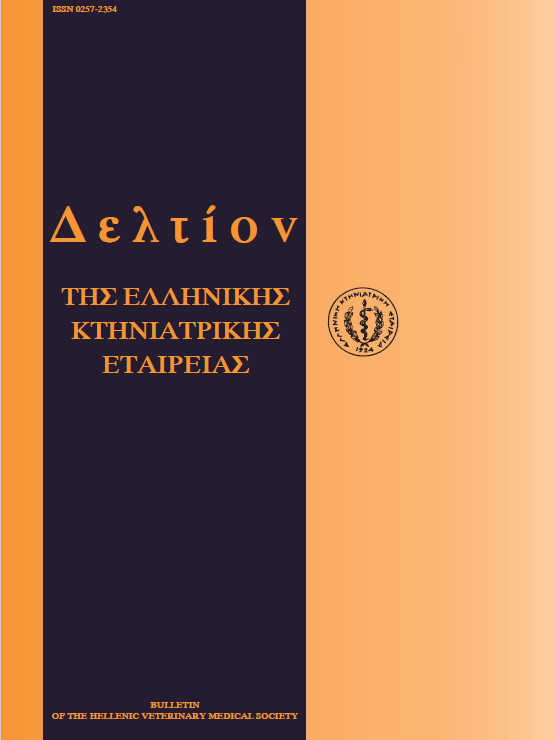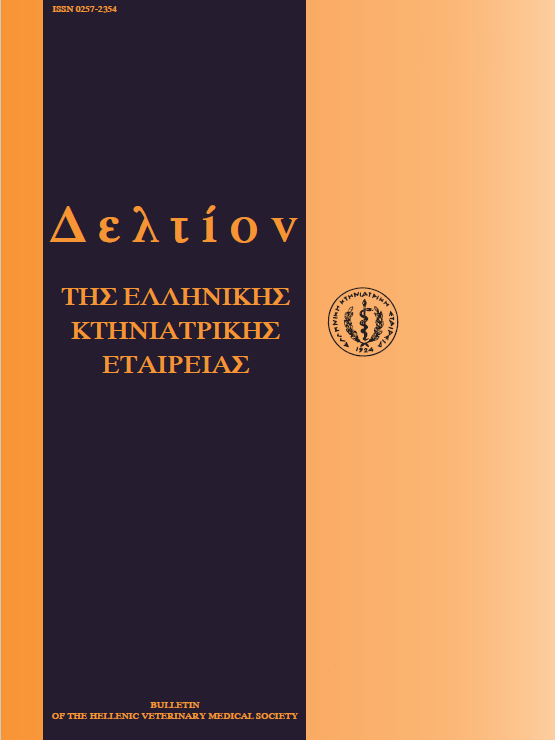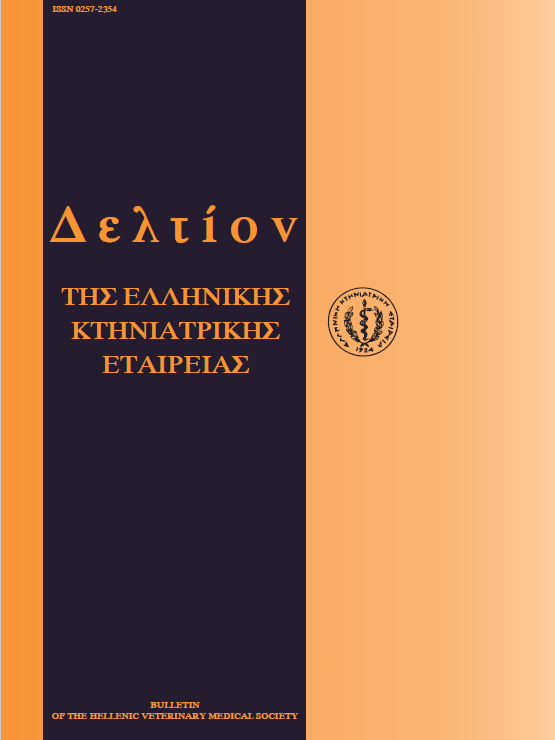Applications of ultrasonography in cattle reproduction
Abstract
Ultrasonography is becoming a useful diagnostic toolin the field of cattle pathophysiology, aiding to meet the demands of the expanding cattle breeding. Transrectal ultrasonography is a rapid, reliable and safe technique for both the animal and the operator. With the use of ultrasonography in research, the hypothesis concerning the wave - like pattern of follicular growth has been confirmed. In addition it has been proved that follicular growth, development and regression continue during early pregnancy. The application of ultrasonographic techniques in concert with modern biotechnology, boosted the production of embryos from genetically superior cows and prepubertal heifers and indirectly solved the problem of infertility in valuable animals. In clinical practice, the use of ultrasonography for early pregnancy diagnosis and for diagnosis of pathologic conditions which lead to prolonged postpartum anoestrous, makes a considerable contribution to the reduction of calving interval. In this review basic physical principles of ultrasonography are described and selected applications in the field of cow reproduction are discussed.
Article Details
- How to Cite
-
AMIRIDIS (Γ.Σ. ΑΜΟΙΡΙΔΗΣ) S. G., & LYMBEROPOULOS (Α. ΛΥΜΠΕΡΟΠΟΥΛΟΣ) A. (2018). Applications of ultrasonography in cattle reproduction. Journal of the Hellenic Veterinary Medical Society, 49(4), 272–280. https://doi.org/10.12681/jhvms.15781
- Issue
- Vol. 49 No. 4 (1998)
- Section
- Research Articles

This work is licensed under a Creative Commons Attribution-NonCommercial 4.0 International License.
Authors who publish with this journal agree to the following terms:
· Authors retain copyright and grant the journal right of first publication with the work simultaneously licensed under a Creative Commons Attribution Non-Commercial License that allows others to share the work with an acknowledgement of the work's authorship and initial publication in this journal.
· Authors are able to enter into separate, additional contractual arrangements for the non-exclusive distribution of the journal's published version of the work (e.g. post it to an institutional repository or publish it in a book), with an acknowledgement of its initial publication in this journal.
· Authors are permitted and encouraged to post their work online (preferably in institutional repositories or on their website) prior to and during the submission process, as it can lead to productive exchanges, as well as earlier and greater citation of published work.





